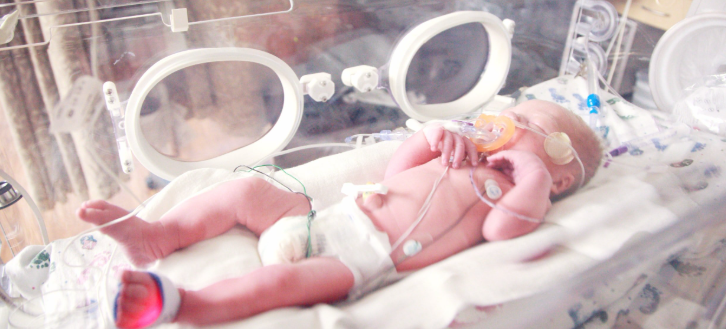The following is a summary of “Unveiling the Prevalence and Impact of Silent Rhinovirus Infection in Chronic Rhinosinusitis with Nasal Polyps,” published in the January 2025 issue of Annals of Allergy, Asthma & Immunology by Ma et al.
Chronic rhinosinusitis with nasal polyps (CRSwNP) involves persistent sinus inflammation. The role of silent rhinovirus (RV) infection in nasal tissues and its impact on the mucosa remains unknown.
Researchers conducted a retrospective study to assess the prevalence and impact of silent RV infection in nasal tissues.
They analyzed nasal tissues from 47 controls and 101 CRSwNP patients without respiratory infection. They categorized participants into RV-positive (+), RV-negative (-), and “gray zone” groups. They used Quantitative PCR (qPCR), western blot, and immunofluorescence to assess the impact of silent RV infection on immune status.
The results showed silent RV infection in 34% of controls and 30.7% of CRSwNP tissues, with higher viral loads in nasal polyps. In controls, it was linked to increased type I and II IFN, type 2 inflammation, IL-17A, and IL-10. In CRSwNP, it was associated with lower type I IFN, IL-17A, type 2 inflammation, and IL-10 but higher type II IFN. RV (+) nasal polyps had fewer eosinophils and neutrophils than RV (-) nasal polyps.
Investigators found silent RV infection in nasal tissues, with higher viral loads in nasal polyps. It was associated with distinct immune responses in controls and patients with CRSwNP, affecting IFNs, Th2 cytokines, IL-17A, IL-10, eosinophils, and neutrophils.
Source: annallergy.org/article/S1081-1206(25)00066-3/abstract














Create Post
Twitter/X Preview
Logout